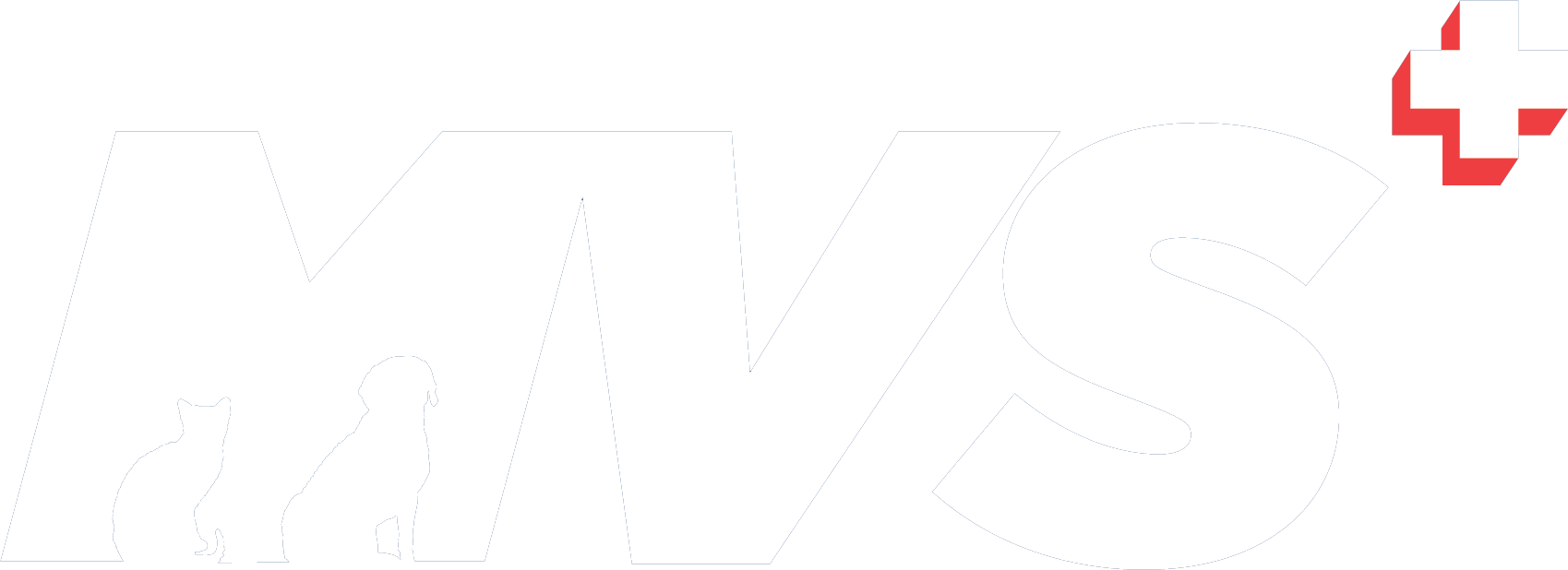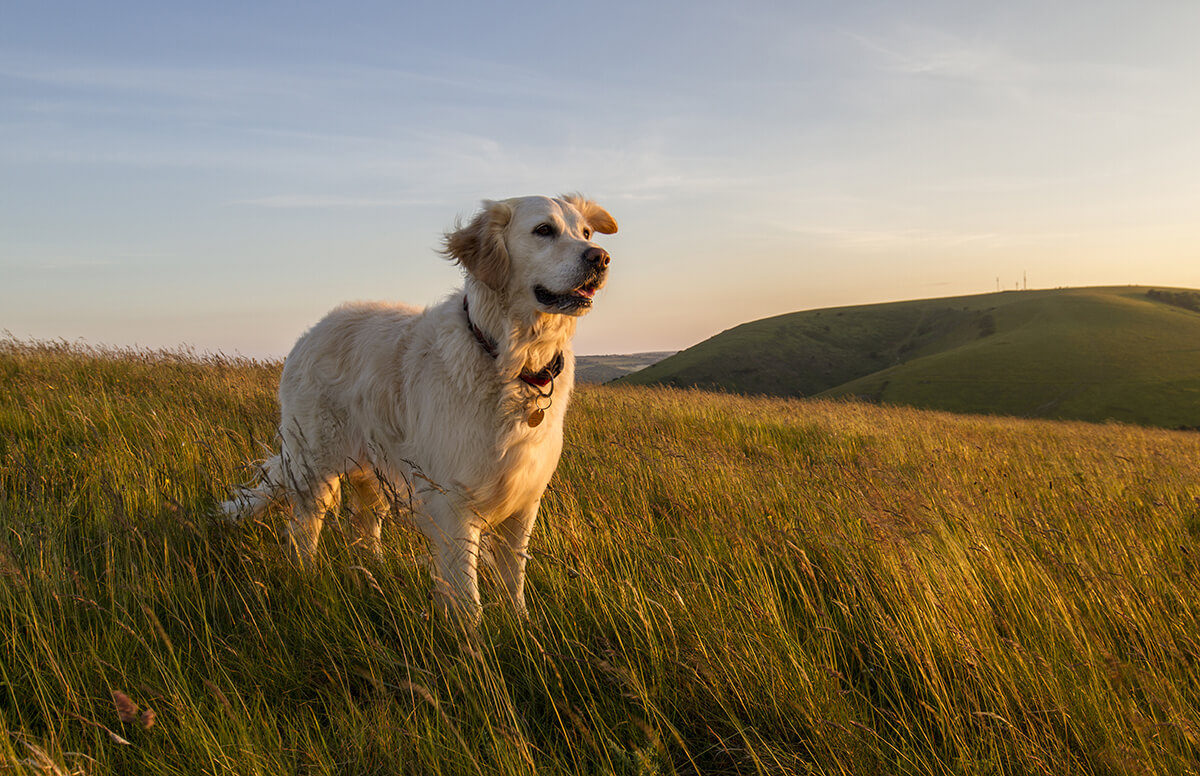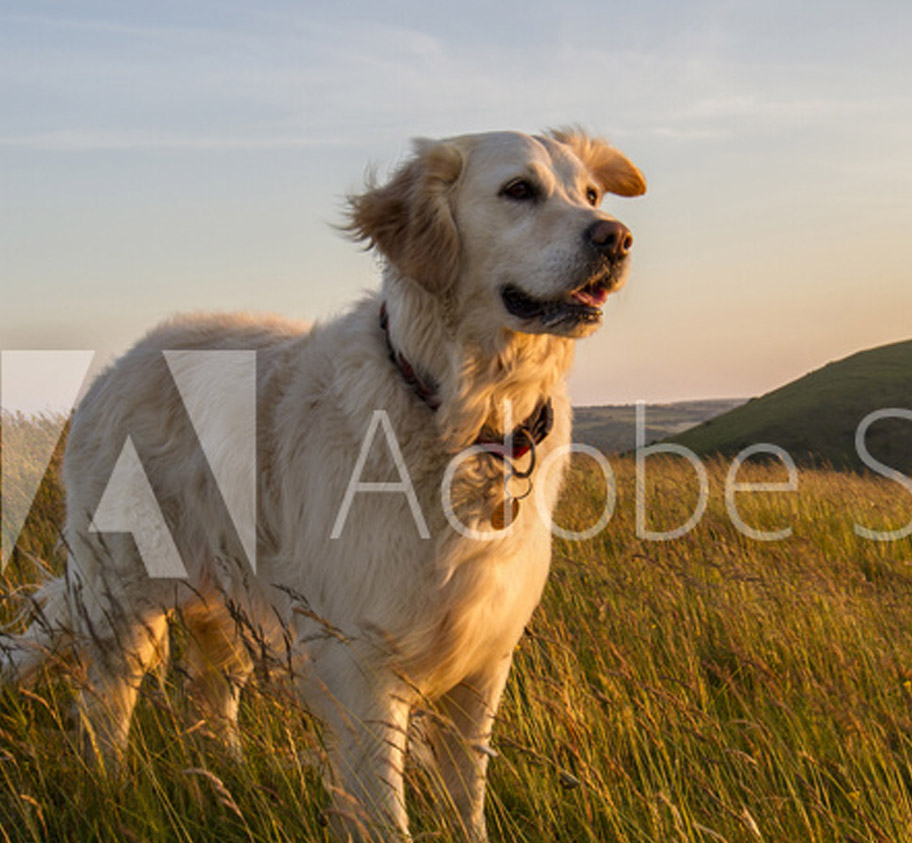
 Menu
Menu
Maxillary fracture in cats

What is the maxilla?
The maxilla is the bone on either side of the upper jaw, where the upper rows of teeth insert into.
How could maxillary fracture happen?
The most common cause of maxillary fracture is due to trauma such as in a road traffic collision.
What are the signs?
In general the signs are: swelling in the area, a loss of symmetry of the face and potentially the loss of teeth in the affected region. Occasionally a pocket of gas will develop under the skin. A maxillary fracture will also be painful.
How is it diagnosed?
Most of the time a physical examination performed by the veterinary surgeon will be sufficient to diagnose a maxillary fracture, but further imaging via x-rays or a CT scanner will be necessary to confirm the extent of the fracture.
Treatment options
The majority of fractures of the maxilla are stable and minimally displaced and can therefore be treated conservatively or with splinting. There are various treatment options depending on the severity of the fracture, ranging from non-surgical to surgical:
Non-surgical
- External coaptation (splinting)
- This is where a muzzle either specially prepared or pre-made is applied to the cat for several weeks
- This is only applicable to specific fractures and many cats may not tolerate the muzzle
Conservative care
- If the fracture isn’t severe enough to warrant a splint then it can be left to heal on its own
- A liquid diet should be fed for several weeks to allow the bones to heal without undue disruption.
Surgical
- External skeletal fixation
- This is where pins are placed into the bones, through the skin, and connected with a bar on the outside, in order to create alignment of the broken bones.
- This is only applicable if the bone is sufficiently strong to allow secure pin placement
- Internal fixation
- Interfragmentary wiring
- A wire is placed across the fracture line in order to secure the fracture safely
- Bone plates and screws – small plates and screws can be used to align the fractures.
- Interdental wiring and acrylic splinting
- A wire is placed between the teeth to allow a splint to be placed directly with the teeth.
- Interfragmentary wiring
Postoperative management
Postoperative care for animals with jaw fractures will include a soft food/liquid diet for a significant period of time whilst the fracture is healing. In some cases, a food tube is placed into the oesophagus to assist feeding. Daily rinsing of the mouth may also be needed to ensure the mouth is kept clean.
Stay in touch
Follow us on social media and keep up to date with all the latest news from the MVS clinic.



